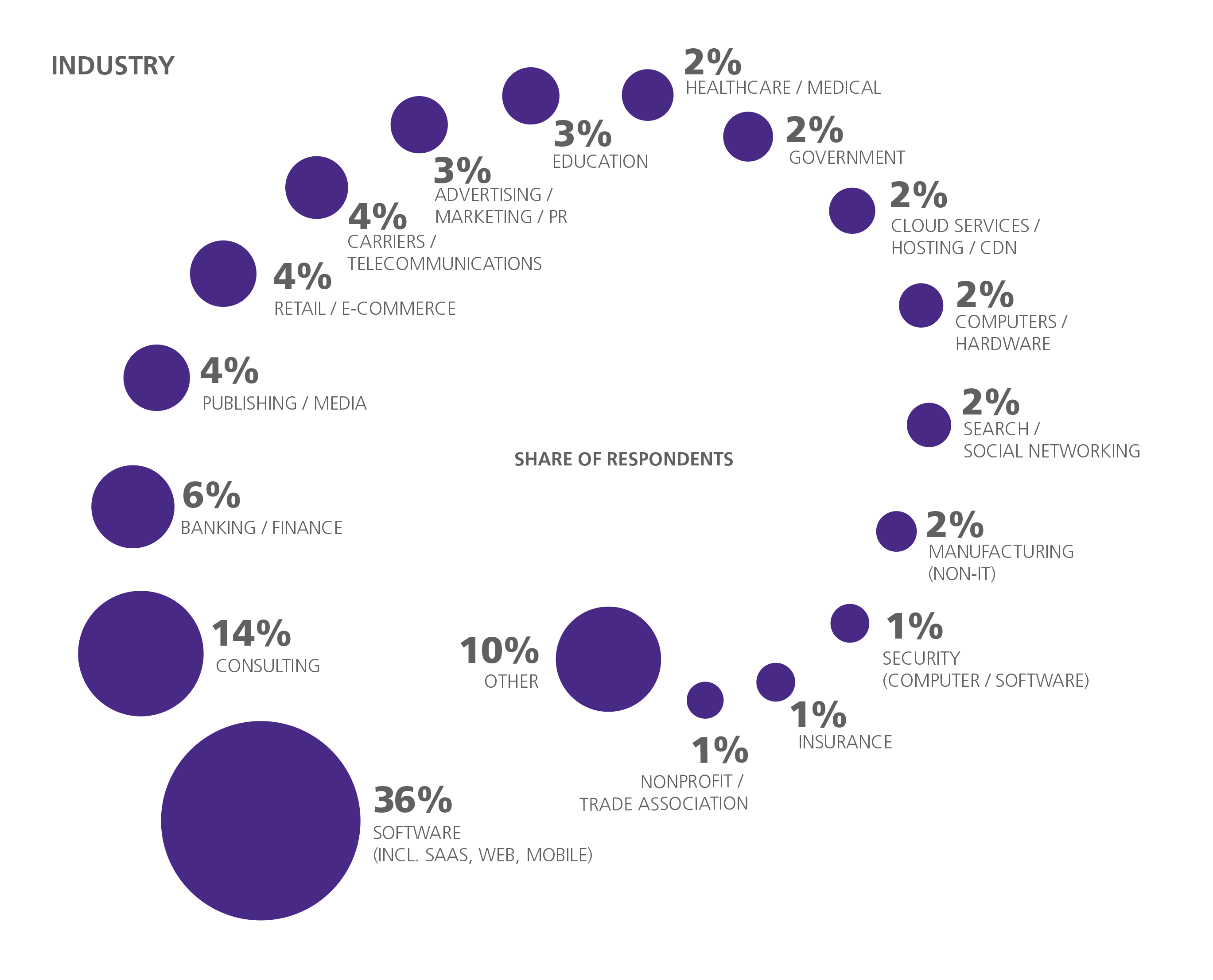
Companies can benefit from disaster recovery services in the event that an emergency occurs. They can provide an off-site office environment, a hot disaster recovery site, and a replica of their primary site's IT infrastructure, applications, and data. They also perform risk assessments, define acceptable recovery objectives, and inventory IT assets. In addition, companies can use disaster recovery services to develop procedures, documentation, or checklists for disaster relief.
There are several things to consider when creating a disaster recovery program
There are several key factors to consider when developing a disaster recovery plan. A disaster recovery plan should always be tested and re-evaluated. Furthermore, disaster recovery plans should contain all necessary contact information, such as key vendors, government agencies, and staff.
To safeguard their operations against natural disasters, companies should form a recovery group and develop a disaster recovery plan. The plan should clearly state what is at risk and detail the procedures to be taken in the event of a catastrophe. It should identify critical applications as well as the backup processes. The organization may require additional procedures. You must implement the plan and follow through. It should be periodically tested to make sure it works properly.

Disaster recovery as an option
Disaster recovery as a service is a fast and simple way to retrieve your data after a disaster. Your data can be recovered quickly and easily by placing it in a third-party cloud computing environment. This allows you to avoid downtime and protect your data while reducing costs.
A cloud-based disaster recovery solution allows you to quickly and easily deploy the necessary systems across your network, and it integrates seamlessly into your business continuity plan. Cloud-based solutions are great for disaster recovery because they offer flexibility and scalability. It is possible to switch to the cloud even before a disaster strikes. This will ensure that your data are safe and easily accessible.
Assisted DRaaS
Your business continuity plan can include a component that includes assistance with disaster recovery planning. These services are designed to provide organizations with the assistance needed to restore critical IT assets in the event of a disaster. These services can also be used to quickly recover data or applications. These services are typically provided as a managed service and you don’t need to worry about your recovery infrastructure.
Although disaster recovery services can help you plan for the worst, they will not be able fit your needs. Because every business is different, their needs and workloads are unique. Before choosing a provider, ask yourself these two important questions. You need to decide if the provider of disaster recovery services is reliable and trustworthy. To determine if a service provider is reliable and trustworthy, read testimonials from past customers or conduct internal testing to see how they perform.

Disaster recovery planning in-house or outsourced
Many organizations struggle to decide between hiring an in-house DRBC group or outsourcing the work to a third-party company for disaster recovery planning. While both methods have their advantages, there are a few key differences. In-house DRBC team members have more in-house experience, and therefore are more likely deliver better results than an outsourcing team. In-house DRBC teams are also more flexible and less expensive to start.
The cost of creating the plan is another difference between outsourced and in-house disaster recovery planning services. Although an in-house disaster plan is cheaper, it can take up valuable time and make you more vulnerable to ransomware. Your team may also be responsible for troubleshooting which could lead to wasted time and resource consumption. A disaster recovery team that is outsourced can solve problems quickly and with minimal effort.
FAQ
Is it possible to be a consultant?
A consultant is someone who helps you achieve your goal by providing advice on how to do something better, faster, cheaper, etc.
A consultant may help you solve problems, make decisions, or negotiate with others.
Consultants are often hired for specific projects or tasks.
In reality, consultants are generally paid hourly or daily rates and not per project.
Why do you need consultants?
There are many reasons why you might need to hire consultants:
-
An organization might have a particular problem or project that requires solving
-
You want to improve or learn new skills.
-
You'd like to work in conjunction with an expert in a specific field
-
You have no other choice but to do the job.
-
You feel overwhelmed with all the information you see and don’t know where it is.
-
You cannot afford to pay someone fulltime
You can find good consultants by word of mouth. Ask around if anyone knows any reputable consultants. Ask your friends and family for referrals if you know someone who is a consultant.
Use the "Search People" function to search for consultants in your region if you are interested in using online directories like LinkedIn.
What should I expect from my consultant
When you choose your consultant, they should respond within a few working days. They will typically ask for information about the company, such as its mission, goals. products and services. budget. Then, they'll send over a proposal outlining the scope of work, estimated time frame, fees, deliverables, milestones, etc.
If all goes according to plan, the two sides will sign a written deal. The type of relationship between the parties (e.g., employee-employer, independent contractor-employer) will affect the terms of any contract.
If everything goes as planned, the consultant may begin to work immediately. The consultant will have access your internal documents and resources. Additionally, you'll have access their skills and knowledge.
You shouldn't assume, however, that every consultant is an expert in all areas. To become an expert in any field you consult, it takes practice and effort. Do not expect your consultant to be an expert in every aspect of your business.
How do I get clients for my consultancy business?
First, find a subject you're passionate about. It could be anything from social media to public relations, but there must be something you feel strongly about. If this is the case, it may be worth starting small by focusing on a niche market such web design. Once you have discovered the niche, understand what it does. What problems does it solve? Why should people use this? How can you help them?
You can also approach businesses directly.
If all else fails, why not offer your services at free events like networking evenings and conferences? It's a great way to get in touch with potential customers, without spending too much on advertising.
What happens when the consultant is done?
After the consultant finishes the work, s/he will send a final report outlining the results. This report details the project timeline, deliverables, as well any other pertinent information.
The report will be reviewed and you can decide if the consultant met all your expectations. You can request modifications or terminate your contract if the report is not satisfactory.
Statistics
- Over 62% of consultants were dissatisfied with their former jobs before starting their consulting business. (consultingsuccess.com)
- "From there, I told them my rates were going up 25%, this is the new hourly rate, and every single one of them said 'done, fine.' (nerdwallet.com)
- On average, your program increases the sales team's performance by 33%. (consultingsuccess.com)
- 67% of consultants start their consulting businesses after quitting their jobs, while 33% start while they're still at their jobs. (consultingsuccess.com)
- According to statistics from the ONS, the UK has around 300,000 consultants, of which around 63,000 professionals work as management consultants. (consultancy.uk)
External Links
How To
What's a typical day like for a Consultant?
A typical day will vary depending on the type of work you are undertaking. You'll spend your time researching new ideas and meeting clients.
Meetings are a common way to discuss problems and issues with clients. These meetings can take place over the phone, via email, online, or face to face.
You may also be asked to prepare proposals, which are documents outlining your ideas and plans for clients. You will need to discuss these proposals with a mentor or colleague before you present them to clients.
After all the preparation and planning, it's time to actually create some content. You could write articles, design websites, edit photos or conduct interviews.
Depending on the scope of the project, you may need to do some research in order to gather relevant statistics or figures. For instance, you might want to find out how many people you have and if they are buying more than just one product or service.
Once you have enough information, it is time to present your findings and conclusions to clients. You may give your findings orally or in written form.
After the initial consultation, it is important to follow up with clients. You might contact them regularly to check on their progress or send them emails to confirm they have received your proposal.
Although this process can take time, it is important to stay focused and build good relationships with your clients.